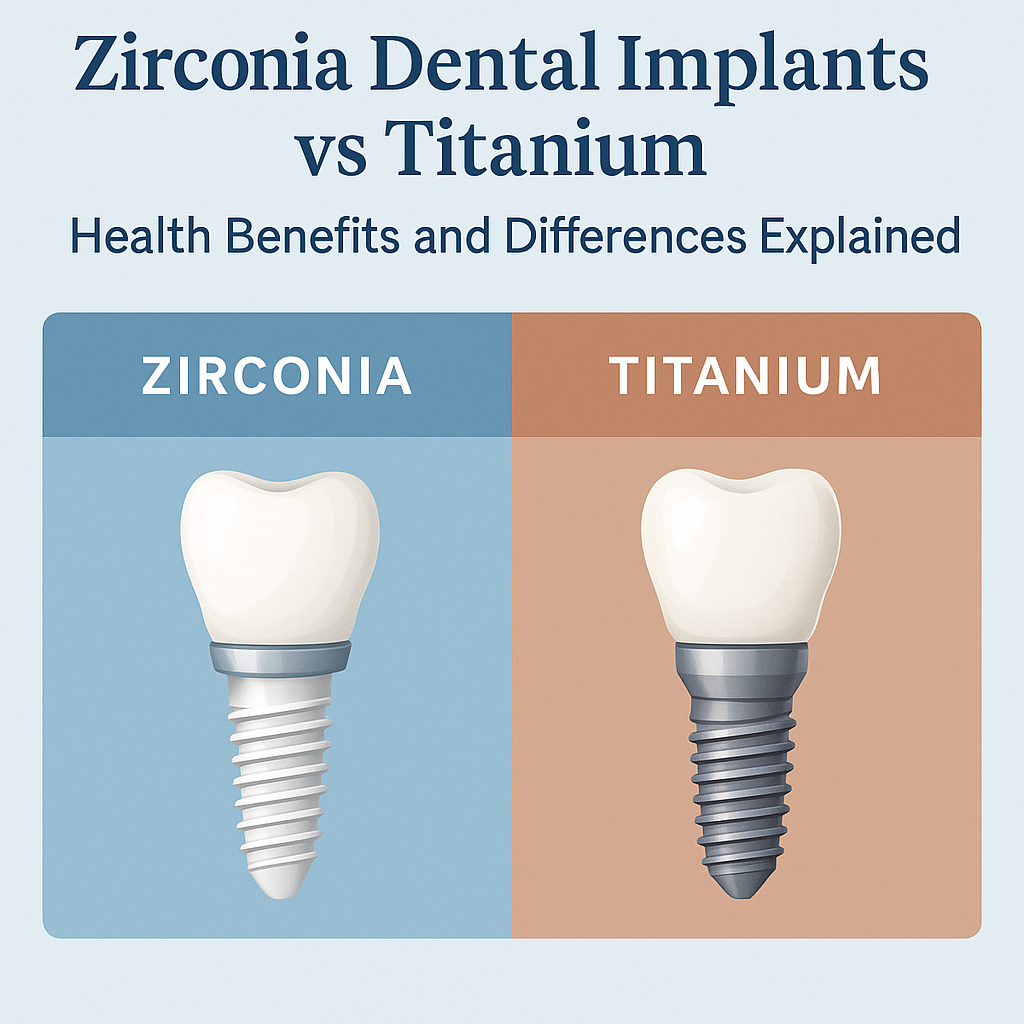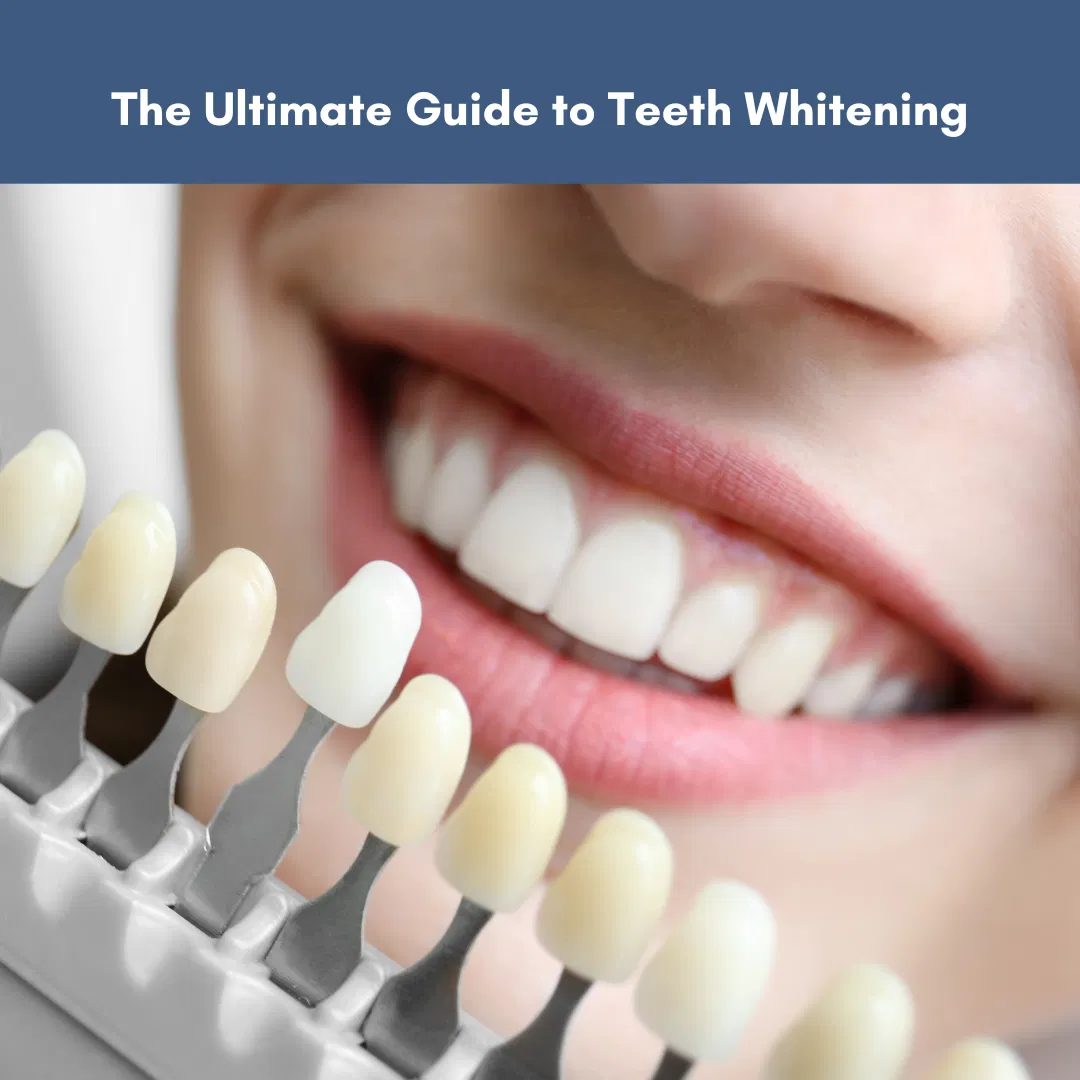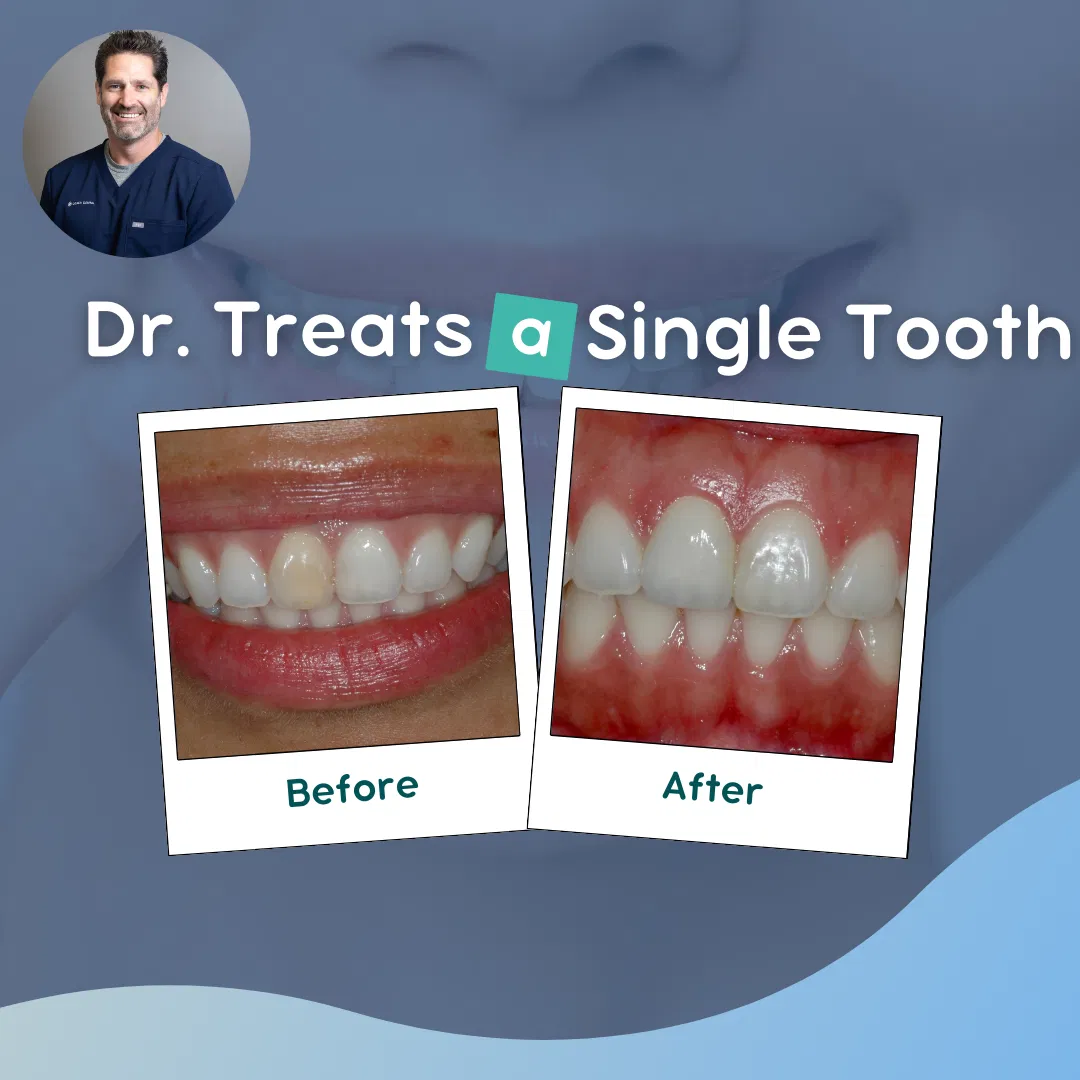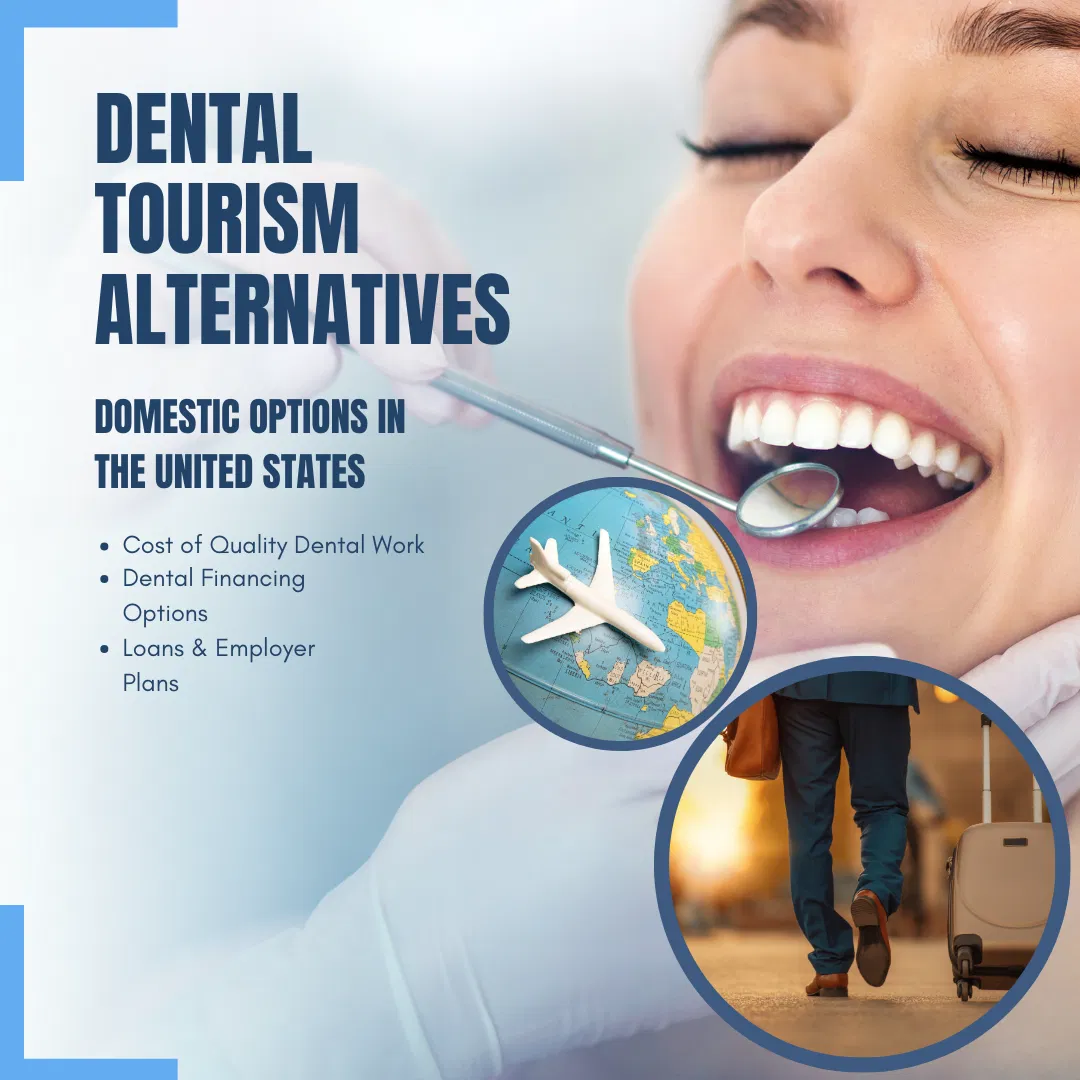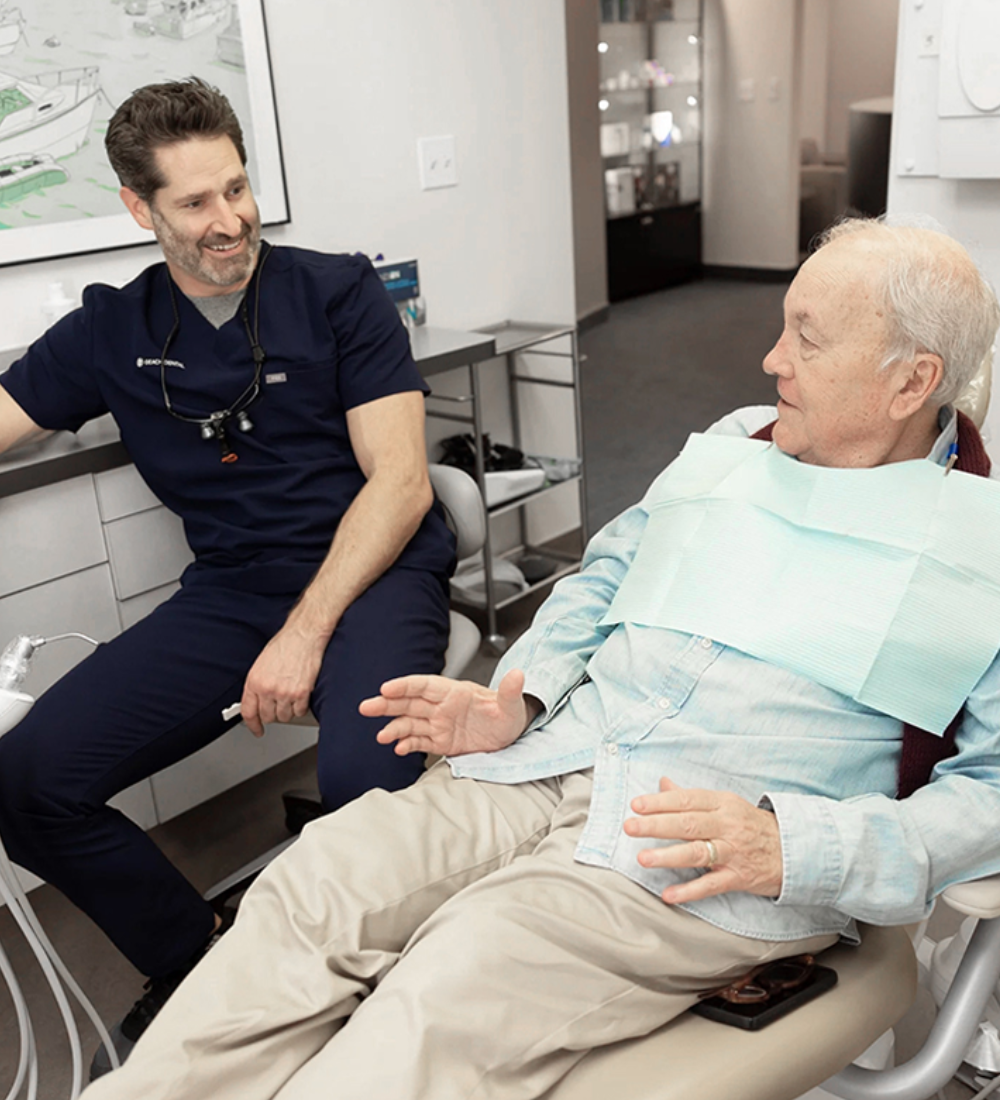In this case study, we’ll explore the journey of a patient who faced a challenging dental issue—a large tumor in the lower jaw that resulted in the loss of many teeth during surgical removal. Our expert prosthodontist stepped in to address this problem by using dental implants to restore both function and aesthetics.
We’ll also discuss the success rates and quality-of-life improvements associated with such reconstructions, highlighting how they compare to traditional removable dentures.

The Procedure
This patient presented to our practice after surgical removal of a tumor in the left side of his lower jaw. Because of the large size of the tumor, many teeth were sacrificed during the surgery. After reconstruction of the left side of the lower jaw and bone grafting , 3 dental implants were placed. A permanent, 4-tooth dental implant bridge was designed to replace the missing teeth which allowed the patient to chew and properly function again.

Dental implants placed into grafted bone are a very successful treatment for missing teeth. Research shows success rates above 90%, even 10 years after placement of the implants.
Studies also show that there is a significant increase in quality-of-life with dental implant reconstructions. Patients’ can more effectively chew, taste and feel the foods that they enjoy when compared to the limited function of removable dentures.

The bridge shown above is fixed in-place to the implants below the gum tissue. This implant bridge cannot be removed by the patient. A Prosthodontist with expertise in designing these types of restorations can remove the bridge. Since this bridge is different from natural teeth, the patient was instructed on how to properly clean underneath the bridge and around the implants. Routine, 6-month exams and cleanings are recommended to evaluate the implants and the implant bridge. Overall, a very good prognosis is predicted for this treatment.

Conclusion
The patient’s experience, as showcased in this study, underscores the effectiveness of dental implant reconstruction in restoring normal dental function and improving the quality of life. It highlights a practical, effective solution for those facing similar challenges, illustrating the positive impact of dental implants and expert care.
With success rates exceeding 90% even a decade after implant placement, the longevity and benefits of this procedure are evident. The fixed implant bridge, while different from natural teeth, provides durability and convenience for the patient with proper care and maintenance.
In summary, the prognosis for this treatment is highly favorable. It reflects the expertise of our prosthodontist and the potential for patients to regain their oral health and well-being.
Understanding the process of a smile makeover with dental implants, and knowing how to maintain your enhanced smile can help you make an informed decision about this transformative work that will enhance your life and help you feel confident for years.
If you’re wondering whether it’s time to consider dental implants, the advanced knowledge and specialized expertise of our prosthodontic team at Geach Dental,located in Downtown Los Angeles and Laguna Niguel, Orange County, are here to help ensure you get the attractive and confident look you deserve.
We ensure that every one of our patients receives the treatment they need in a comfortable environment. We’ll go the extra mile to make sure you understand your upcoming procedure as well as all of its risks and rewards. And we’ll spend as much time as you need talking to you to make sure we’re both on the same page and you are 100% comfortable with the plan we agree on.
To take the first step towards a radiant smile, simply call us today at (213) 622-3339 or click here to schedule a consultation. Your dental wellness is our top priority and your journey towards a healthier smile starts here!
ABOUT THE AUTHOR: Meet Dr. Adam Geach, distinguished prosthodontics specialist and owner of Geach Dental. His dental education includes Harvard School of Dental Medicine and the University of Connecticut, where he earned a D.M.D. and an M.D.Sc. in Prosthodontics, respectively. Dr. Geach holds Diplomate status with the American Board of Prosthodontics, underscoring his exceptional expertise in dental care.
At his clinics in Los Angeles and Laguna Niguel, Dr. Geach offers a wide range of services, from cosmetic treatments to full-mouth reconstructions, all delivered with a focus on personalized patient care.Take the first step toward your ideal smile and improved oral health by clicking here.




